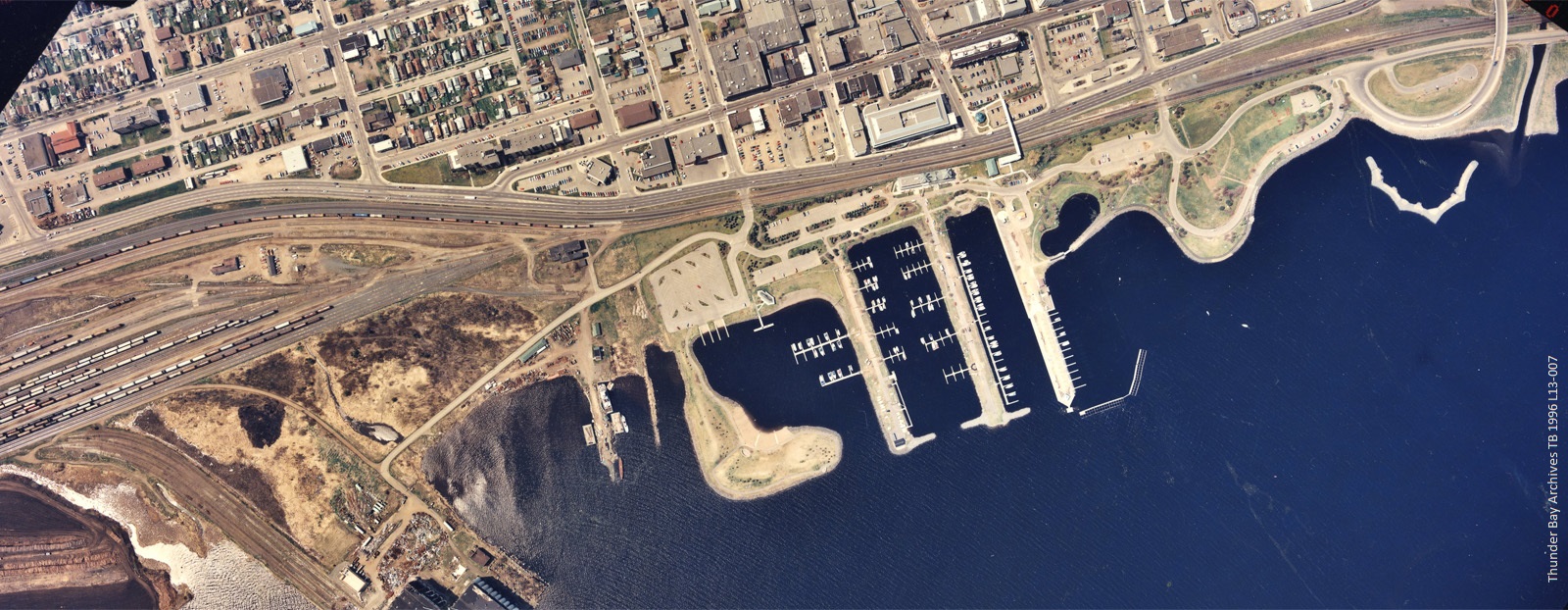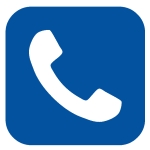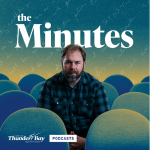| Date | Event | Photo |
|---|---|---|
| 1967 | The Waterfront Development Project develops from the Port Arthur Downtown Urban Renewal Scheme. |  |
| December 1971 | Brauer is commissioned to review and make recommendations for the development of Parks. | - |
| July 1972 | The Brauer Master Plan is completed. It suggests that the Marina be enlarged to provide more public access and a more park-like setting. | - |
| November 1972 | First Meeting of The Waterfront Development Plan Study Committee. Minutes are taken and Terms of Reference are established. | 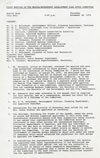 |
| July 1973 | The Waterfront Study’s First Public Meeting is held to discuss Lakefront Park and public proposals. |  |
|
October 1973 |
Proctor & Redfern submit concept, circulation, and technical drawings of the Waterfront. |  |
| December 1973 | Report on the Flora and Fauna of the Thunder Bay Waterfront Region was released. | 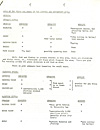 |
| December 1974 | The Second Public Meeting to discuss Waterfront Park and Waterfront Study is held. | 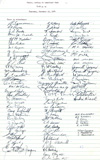 |
| July 1975 | The Report “Thunder Bay Waterfront Park” commissioned by the City of Thunder Bay is completed. The report was compiled by the Proctor & Redfern Group and Richard Strong, Steven Moorhead. | 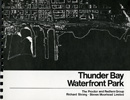 |
| 1976 | Future Councillor Rita Ubriaco publishes two articles in the local paper entitled: “Not Enough Money for Marina’s First Stage” and “Marina Park to be Built This Summer.” | 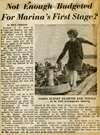 |
| 1976-1979 | Funding is made available under the Urban Renewal Program, triggering the development of the Park – starting with the north end. | - |
| January 1977 | The Parks Assistance Act awards the City $25,000 for Waterfront development. | 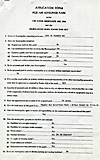 |
| 1978 | Stead & Lindstrom completes a contract for the construction of 60 docks on North side of Pier 1, and the Canadian Pacific Railways finishes improving the railroad crossings at the Waterfront Park. | - |
| September 1978 | Mayor Walter Assef presides over the Ceremonial Dedication and Official Opening of the Waterfront, and in his public address he invites the 200 citizens in attendance to “grow with the park.” | - |
| October 1978 | Richard Moore, Senior Landscape Architect with Proctor & Redfern, publishes a summary of the dedication and proposes future plans in an article entitled, “Thunder Bay’s Dramatic New Waterfront.” |  |
| December 1978 | Priorities are set for the following fiscal year: roads, parking, sidewalks; water, sanitary, electrical services; landscaping; Pier 1-60 slips; and shore treatment. |  |
| 1979 | Thunder Bay Harbour Improvements constructs 64 docks between Pier 1 and Pier 2, and LeBrun Contracting builds the main parking lot in the Waterfront Park. | - |
| March 1979 | City Council concurs to adopt “Prince Arthur’s Landing” as the Marina’s official name. | 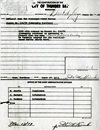 |
| July 1979 | The Seamen’s Monument is completed and dedicated to the City of Thunder Bay. | - |
| October 1979 | The first Ad Hoc Marina Operations Committee Meeting is held. The Committee has been organized to address the growing concerns of Marina users, and serves to help analyze problems related to the operation of the Marina. | - |
| To improve accessibility, an additional roadway is built to provide access for service vehicles. | - | |
| November 1979 | Welcomeship management writes a letter to Mayor Dusty Miller making recommendations for better accessibility. In response, a through road and parking spaces are built on the main pier. | - |
| 1980 | A report is released outlining priorities: Launch ramps, Pier 1, Pier 2, Pier 3, CN Building, and Visual Arts Building. | - |
| Corresponding contracts are awarded to LeBrun, Thunder Bay Harbour Improvements, and Public Works Canada. | - | |
| January 1980 | The third Ad Hoc Marina Operations Committee meeting is held. The decision to close the piers to the public for security reasons is made. | - |
| February 1980 | The Ad Hoc Marina Operations Committee meets for a fourth time and decides to form a non-profit municipal organization, Marina Advisory Committee. | - |
| March 1980 | Ad Hoc Marina Operations Committee Meeting six is held and security fencing, traffic, concessions, and dock maintenance are discussed. | - |
| May 1980 | Thunder Bay Police starts the teen patrol program to help control vandalism at the Marina. | - |
| August 1980 | Sailors discuss the possibility of using the new portion of the CN Station for a marina service building, while IKOY architects use the old section for a restaurant. | - |
| September 1980 | By-law 307-1980 is passed to install breakwaters at the Marina, in order to protect the harbour from the full impact of waves. | - |
| Canada Summer Games Society donates $263,500 for the development of: CN Station renovations, a floating dock on Pier 1 and a small launch ramp, relocation of existing docks, a jib crane and foundation, and a laser dock. | - | |
| January 1981 | A statement is released showing that to this date, under the Parks Assistance Act, the Province had donated $50,000 to the Marina. The City responds that it will match the donation. | --- |
| April 1981 | The Marina Advisory Committee meets for the first time. The Committee provides input and serves as a communication link between the Parks and Recreation Department and interest groups to assure the effective operation of the Marina. | - |
| A detailed status report on development of the Marina is released. | - | |
| May 1981 |
Council resolves that the CN Building is to become a transportation museum. |
- |
| July 1981 | The Marina Service Building is completed. The construction is carried out by A.J. Wing and Sons Construction, as envisioned by Fraser and Browne Architects. | - |
| August 1981 | The Canada Summer Games take place in Thunder Bay. | - |
| September 1981 | Projects and priorities for the development of the Park for 1982 are laid out as: Completion of work on Pier 2 and 3, interconnecting pathways at Pedestrian Bridge, construction of large berths, and vehicular access to Pier 3. | 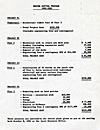 |
| The Waterfront Park wins a Citation Award in the 1980 Ontario Association of Landscape Architects Professional Awards Competition. | - | |
| July 1982 | City Council resolves that the Parks and Recreation Department must establish a concession at the Marina in the area of the present service centre. | - |
| March 1983 | City Council discusses the condition of the Marina road. Council agrees that a study of the Marina road issue would be beneficial to the Marina’s development. | - |
| July 1983 | The Marina Park Survey is conducted. More than 965 people participate. | 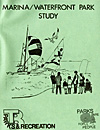 |
| October 1988 | City Council ratifies Report No. 524/88 and directs the Parks and Recreation Department to undertake a feasibility study to determine the potential for recreational development in the South Waterfront area. | - |
| November 1989 | The first public meeting for the 1990 Waterfront Study is held at Wesley United Church. More than 30 people participate in a question-and-answer session. | - |
| March 1990 | The second public meeting for the 1990 Waterfront Study is held at Victoriaville Mall. | - |
| September 1990 | The Waterfront Tourism & Recreation Plan Final Report, commissioned by the City of Thunder Bay, is submitted. | 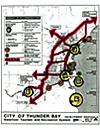 |
| 1992 | The contemporary art sculpture “Animikii – Flies the Thunder,” designed by Anne Allardyce, is installed in the Kaministiquia River Heritage Park. | 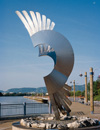 |
| October 1994 | Tom Jones Ltd. completes the Marina Pedestrian Overpass. | - |
| 1994-1995 | The Woodside Foundry, or Port Arthur Iron Works, is demolished. | - |
| 1995 | Marina Operational Review: The Final Report is brought to City Council. Priorities for Waterfront Development in 1995 include: Pedestrian and bicycle paths, outdoor performance stage, and rowing club facility. | 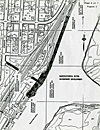 |
| January 1995 | The Can-Ontario Infrastructure Works Program funding of $5,128,000 for Waterfront Tourism Rehabilitation is budgeted to expand Kaministiquia Heritage Park and renovate the CN Station and Visual Arts Building. | - |
| June-July 1997 | Two workshops are held with the Steering Committee, government, landowners, and interest groups concerning the development of the waterfront. Approximately 100 people attend the public forum. | - |
| January 1998 | The Next Wave Report – Charting a New Course for Thunder Bay’s Waterfront is completed. | 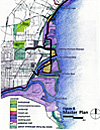 |
| December 2000 | The Canadian National Railroad Elevator, Pool 6 is demolished in a nationally televised explosion. | - |
| February 2002 | Access to North Waterfront – An Environmental Study Report is completed by R.V. Anderson Associates Limited. | - |
| July 2002 | The Riverfest, or “Festival of the River,” is held for the first time at Kaministiquia Heritage Park. | - |
| December 2005 | The Waterfront Development Committee reforms as an advisory group to inform City Council of the progress on the development of a 10-year vision for Thunder Bay's 52 km of waterfront. | - |
| 2006 | The first annual Festival of India is held. A free event that introduces citizens of Thunder Bay to Indian culture and cuisine. | - |
| 2007 | The first Superior Youth Festival is held. It includes alternative performers, on-site concessions, free draws, an artisan market, community group booths and a variety of other activities. | - |
| March 2007 | Imagine our Waterfront - the working vision for the waterfront is released. | - |
| September 2009 | The first issue of Waterfront E-Newsletter is produced on Sept. 29, 2009. The Waterfront Development Facebook Page is created. |
- |
| September 2009 | Riverfest is combined with the Fort William Street Festival. Riverfest reacquaints the public with the beauty, history, and recreational opportunities the waterfront offers. |
- |
| October 2009 | The train caboose is moved from Pier 3 to the entrance of the Marina at Pearl Street. | - |
| 2011 | Merchant Marine Monument is moved from the former Thunder Bay Paterson office to the Kaministiquia Heritage Park. | - |
| 2014 | The first annual BrewHa! Craft Beer Festival is held at Prince Arthur's Landing. A paid entry event, the festival displays local and national beer among food and market vendors. | - |
| June 2017 | The Alexander Henry, a Coast Guard ship built by the Port Arthur Shipbuilding Company Ltd. in 1959 returns to Thunder Bay as a museum ship. The ship resides in Pool 6, adjacent to Marina Park. | - |
Some links may redirect the user to other parts of the City's Website.
For more information on this subject, or any other subject of interest, please visit or contact the City of Thunder Bay Archives.
Contact Us


